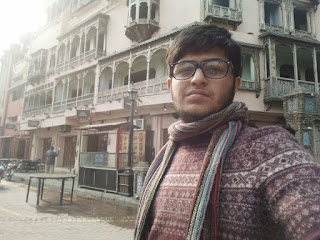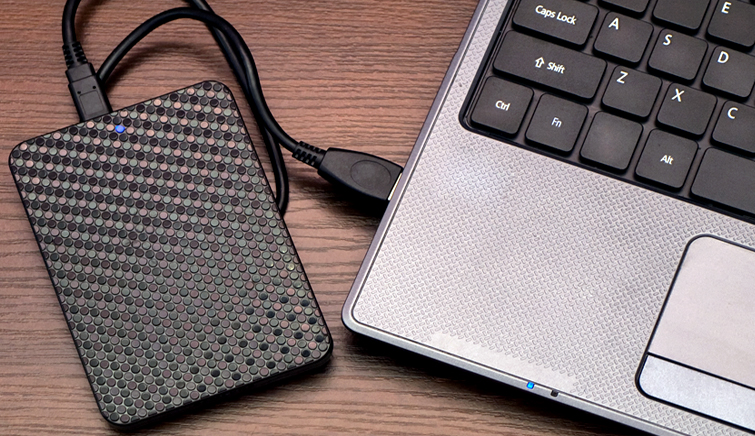A government based red, open top double decker bus called Lahore Sightseeing Bus with its surprisingly amazing staff is probably the best and cheapest way to explore the city of Lahore. Especially for starters, it is the best way to avoid creepy traffic and yet explore history of Lahore from present day Lahore to Mughal Lahore.
 |
| Lahore Sightseeing bus on its terminal Picture credit https://www.theguardian.com |
The best way is to book your tickets beforehand, especially if you are planning a trip on a weekend. Individuals, as well as group tour bookings are possible.You can also have a trip for your school or corporate company. For more details of schedule and booking, visit this page
Sunday, 10:00 A.M. would be great if you want to see the real beauty of Lahore with less honking horns and traffic creeping around.
While if you want some hala gulla, book a tour after 12:00 P.M. Tour are available as late as 9:15 PM. Booking is possible through phone only. But the staff is very professional contrary to Government employee attitude in Pakistan. For example, they even replied me on facebook at 3 A.M. That's why their "Typical time of reply" even on facebook is one hour.
 |
| Morning rides are peaceful, mostly. |
While if you want some hala gulla, book a tour after 12:00 P.M. Tour are available as late as 9:15 PM. Booking is possible through phone only. But the staff is very professional contrary to Government employee attitude in Pakistan. For example, they even replied me on facebook at 3 A.M. That's why their "Typical time of reply" even on facebook is one hour.
The trip I took was surprise after surprise. I wasn't expecting a guidance at 3 A.M. and than next day when I called at exactly 9 A.M., staff not only responded but was kind enough to tell me that some seats are available due to cancellation. And as we were late, they even called me to confirm our booking. So 5 stars for their customer service.
Starting point of Lahore sightseeing bus is Qadafi Stadium Lahore terminal of the bus.
 |
| Alhamra Art Council situated within Qadafi Stadium |
The journey starts from newly built Lahore or what we can call as "Modern Lahore", time travels through "British Lahore" and ends at the Old Lahore (You may call it Mughal Lahore). So in a way, you can almost see all colors of Lahore through this four-hour journey.
A better, more interactive map;
http://www.sightseeinglahore.gop.pk/new/route/
A better, more interactive map;
http://www.sightseeinglahore.gop.pk/new/route/
The biggest perk of this journey is ticket price. It only costs RS 200 and if you have a student card, you will get 50 % off. Childern below 5 are free. Booking for the complete bus is also affordable.
Tour guide was great with her work. She was friendly, started with a joke and also told about the history of the city. Although her commentary was great but I think it should be in Urdu as this is the city of Urdu with most of the literary work done here Urdu. In fact, Urdu is in the history of Lahore as well. While the last one is at the backside of Badshahi Masjid near food street, Lahore grand Park and walled city.
Bus stops there for 1.5 hours. As the bus is parked near historical attractions as well as food street so you can have great time there. Delicious food, a rickshaw ride of walled city , a visit to Greater Iqbal park is to name a few. This stop is full of enjoyment and you may spend all day here.
Following video and articles would help you dig more deeper;




















